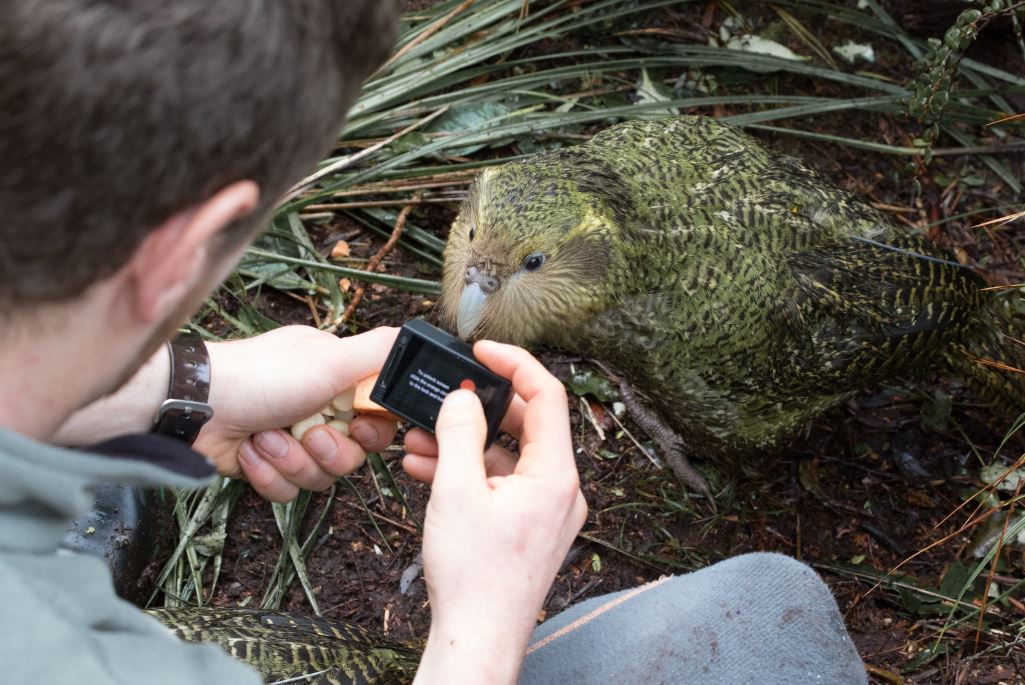The Owl Parrot, or Owl Kakapo (Strigops habroptila), is the only flightless parrot in the world and is the largest parrot ever. 142 adults lived in the New Zealand Islands in 2018. A record 86 chicks were born this year, 60 of them are expected to live to adulthood.
Thousands of owl parrots once inhabited New Zealand. Their population began to decline with the arrival of the Maori along with dogs and rats. Later European colonists brought more mammalian predators.
The Rescue Operation Has Began
In the 1970s, the search for survivors began – the most costly expeditions in the history of bird conservation. The last 100-200 individuals were tracked down on Stewart Island. Some of them were gradually moved to islands without predators.

In 2016, New Zealand rejoiced in the baby boom – 47 chicks were born, of which 34 survived the first few weeks.
49 out of 50 fertilized females laid eggs this year. 86 chicks hatched and 60 of them should live to adulthood. Contributing to this was enough of their favorite food, the fruit of conifers called Rimu.
Dr. Andrew Digby, a science advisor to the Department of Conservation’s kākāpō recovery programme, commented on this year’s successful hatchery: “In the last two seasons there have been huge quantities of fruit not seen for 50 years, so that’s why all of the female kākāpō know it is time to breed, and actually started much earlier than usual, meaning some have now been able to nest twice.”
Predator Free Area
One of the main problems of today is finding large enough islands where the natural forest has not yet disappeared and where mammalian predators do not live.
In 2016, however, New Zealand announced the goal of getting rid of predators by 2050 on both major islands. If met, the prospects of the kākāpō and other indigenous species would improve.
Scientists would like to return the parrots once they lived to South and North Island, but they have to keep them on two isolated islands where predators do not live.
The population of kākāpō is thus increasing again. This is due to the protectionists and many volunteer helpers. All parrots are wearing transmitters; conservationists watch their nests and supervise the chicks.

“When you’ve only got a population of 147 anything could wipe them out and they could become extinct quite quickly. We want to get 150 breeding females, and ideally some unmanaged populations, before we can start to relax a little bit.” Digby said to The Guardian.
The species will only be considered rescued when the owl parrot populations are able to survive without human assistance and continue to reproduce in different places.
Source: https://www.theguardian.com/world/2019/apr/17/critically-endangered-kakapo-the-worlds-fattest-parrot-has-record-breeding-season?fbclid=IwAR0D22ZK84Q4-d-kOYwIysZk71OLqISPMKE9dRLUrhfR3C1B663IdZ9hzsE
Credit: commons.wikimedia.org, flickr.com




